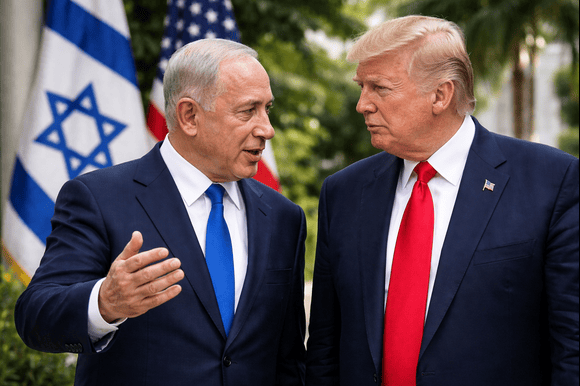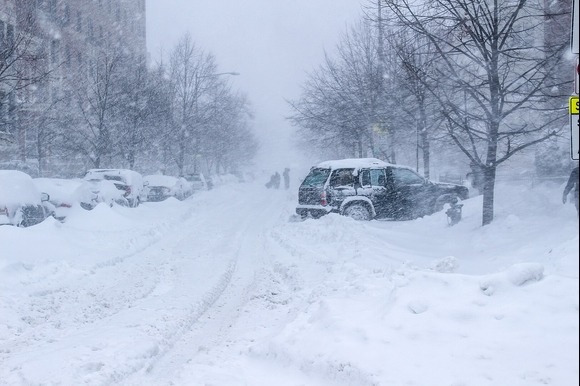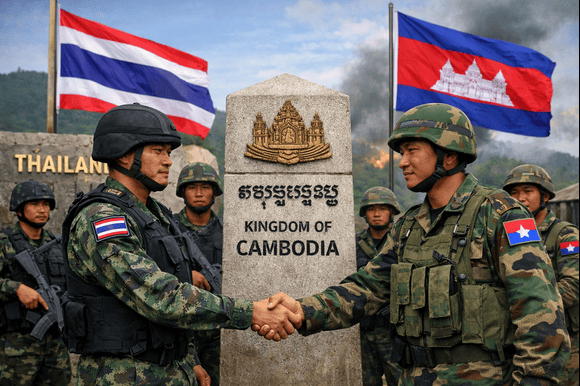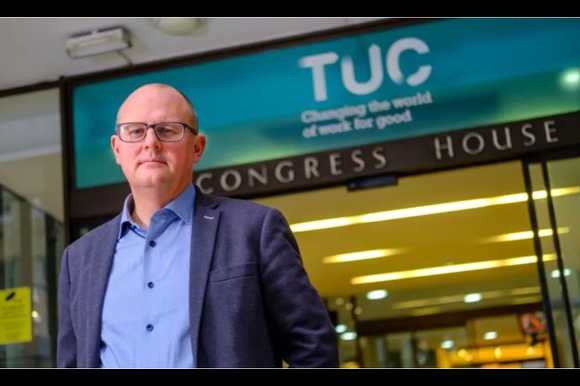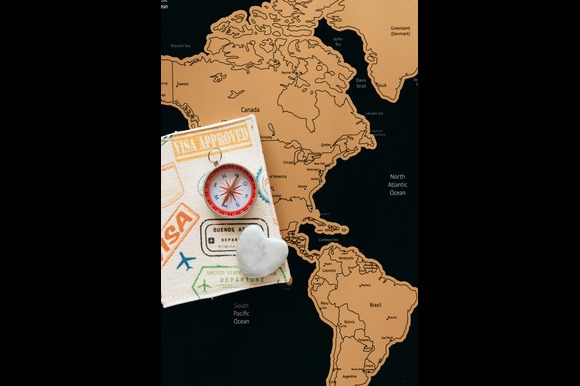
Photo by Nataliya Vaitkevich
Batesville, Arkansas — In the quiet farmlands of rural Arkansas, interventional cardiologist Dr Mahesh Anantha is often the difference between life and death for patients across the Batesville region. With no comparable medical facility for nearly two hours in any direction, his clinic has become a critical lifeline for surrounding communities.
“There is no other medical facility around for an hour or two’s drive, so people rely on us for everything,” he says. A gold medallist from Madras Medical College in southern India, Dr Anantha represents thousands of foreign-trained physicians who keep America’s small towns and rural hospitals functioning.
Foreign-Trained Doctors at the Heart of Rural America
Roughly one in four doctors practising in the United States earned their medical degrees abroad, with the majority serving in underserved or remote regions that American graduates tend to avoid. Many, like Dr Anantha, work under H-1B visas, some spending their entire careers waiting for green cards.
This makes them vulnerable to bureaucratic uncertainty — and to policy shifts that can dramatically alter their futures.
Last month, the Trump administration announced that H-1B visa fees for new applicants would increase to $100,000 (£74,359), triggering widespread anxiety among the estimated 50,000 Indian-trained doctors currently working in the US. For many, the lack of initial clarity on whether the new policy would apply to healthcare workers created panic across hospitals and clinics already struggling with staffing shortages.
White House Clarifies Policy Amid Backlash
After an outcry from the medical community, a White House spokesperson told Bloomberg on 22 September that the new proclamation “allows for potential exemptions, which can include physicians and medical residents.”
Days later, officials confirmed the hike would not apply to existing and valid H-1B visas, easing immediate fears for those already in the system.
Still, significant uncertainty remains about the future flow of international medical talent to the US. The order includes provisions that fees can be waived if the Secretary of Homeland Security determines that hiring certain workers is “in the national interest.” However, there has been no indication that physicians or other healthcare professionals will receive an automatic exemption.
Medical Groups Warn of Fallout for Rural Care
The American Medical Association (AMA) and more than 50 allied organisations have urged the US Department of Homeland Security to reconsider the hike. In a letter to Secretary Kristi Noem, they warned the move could discourage hospitals from hiring H-1B doctors, thereby constraining future supply pipelines and limiting access to healthcare in the country’s most medically deprived regions.
“We have heard from health systems who say this fee would be devastating,” said Dr Bobby Mukkamala, the AMA’s president and the first Indian-origin doctor to hold the role.
The AMA argues that international medical graduates (IMGs) do not take jobs from Americans but instead fill essential gaps in a healthcare system facing a chronic shortage of physicians.
A Shortage Decades in the Making
According to the University of California San Diego’s School of Global Policy and Strategy, easing visa restrictions has no negative impact on employment for American-trained doctors. In fact, the study finds that more flexible immigration policies enable foreign-trained physicians to serve remote, low-income communities that would otherwise go without consistent care.
The US is projected to face a shortfall of 124,000 doctors by 2034, according to AMA estimates — with rural areas bearing the brunt. Many American medical graduates gravitate toward urban centres with higher pay and better amenities, leaving smaller towns chronically understaffed.
Economics only widens the gap. “Urban hospital systems can outbid rural ones by offering better salaries and opportunities,” notes Geeta Minocha, a Stanford medical student raised in rural Florida.
Indian Doctors and the American Dream
Dr Satheesh Kathula, president of the American Association of Physicians of Indian Origin (AAPI), says Indian doctors have long been a cornerstone of the US healthcare system. “One in five immigrant doctors in the US is of Indian origin,” he notes.
In his book Immigrant Doctors: Chasing the Big American Dream, Dr Kathula recounts how Indian physicians risked and even lost their lives serving the country — during the HIV epidemic of the 1980s and again amid the COVID-19 pandemic. “I know doctors who were saving lives here but couldn’t attend their parents’ funerals in India,” he says.
Indian doctors began arriving in large numbers after the 1960s, when the US opened its doors to meet rising healthcare demand. Most entered on J-1 visas for clinical residencies before switching to H-1B visas sponsored by hospitals.
The Conrad Waiver and Service in Underserved Areas
To combat rural doctor shortages, the US created the Conrad waiver in 1990, allowing foreign doctors to skip the J-1 visa’s two-year home-country return rule if they committed to working in Health Professional Shortage Areas (HPSAs).
One such doctor, Dr Rakesh Kanipakam from Andhra Pradesh, now serves a vast swathe of southern Alabama, covering clinics and dialysis centres across three towns and five rural sites. “The entire region had just one nephrologist — and he’s retiring,” Dr Kanipakam says, describing his weekly 100-mile travel circuit.
Economic and Clinical Contributions
Beyond their medical service, foreign-trained doctors contribute millions of dollars annually to the US economy. In Batesville, Dr Anantha’s hospital credits him with generating over $40 million in financial stability per year and helping the facility earn multiple national awards for excellence in healthcare.
His work is cited in letters supporting his green card application, reflecting how deeply local communities depend on immigrant physicians to keep their healthcare systems viable.
Calls for Urgent Exemption
While the AMA has welcomed signs that the administration may consider exemptions, Dr Mukkamala warns that time is critical. “International medical graduates are deciding their next steps now, and the possibility of this fee hike could deter highly qualified physicians from coming to the US,” he says.
For doctors like Dr Anantha, who left India to heal patients in America’s heartland, the uncertainty is more than bureaucratic — it’s deeply personal. “People rely on us for everything,” he says softly, “and all we want is the chance to keep serving them.”

